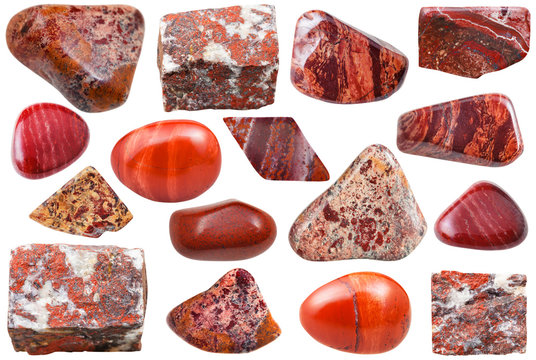In general, marble inlay is a traditional type of art, where the production starts with meticulous design planning. The "Ustad" decides the design's colour scheme and tonality after a design has been selected.
After that, a skilled master craftsman carefully chooses the raw materials (such as marble and various semiprecious stones) by hand. A lot of focus is placed throughout this phase on selecting different stone colours to give the motifs the proper gradation and shading.
As a result, we offer you the exquisite and distinctive assortment of semi-precious stones that are utilised to create inlay objects. The choice of stones is generally made in accordance with the demands of the design pattern and to assign a value to inlay objects.
Due to their unique and uncommon character, semi-precious stones have always had a luxurious position in interior design. A stone's range of hues and patterns opens up a wide range of design options. So, go ahead and be creative!
Below is a list of the Semiprecious Stones often used for inlay:
Lapis Lazuli is a deep blue gemstone with golden pyrite inclusions that glitter like tiny stars. It seems like it may have been taken straight out of the Arabian Nights.
The dangerous terrain of the Afghanistan valley and some areas of Chile are where the "stone of azure," as it is also known, is most frequently found. Lazurite, a blue silicate mineral made of sodium, aluminium, silicon, oxygen, sulphur, and chlorine, is the primary component of lapis.
Turquoise from copper and green from iron in the basic hydrous copper aluminium phosphate that makes up turquoise. It was worn by Pharaohs and Aztec kings and is conceivably one of the earliest gemstones ever discovered. Thus, Persia and Egypt are home to the best blue turquoise in the world. One of the most popular trend colours in the worlds of fashion and crafts is its brilliant sky blue.
Jasper is an opaque and fine-grained type comprised primarily of chalcedony, microcrystalline quartz, and other minerals, which give it its multi coloured bands and patterns. The United States, California, and Washington are home to a variety of jasper. It is rarely blue and typically yellow, brown, or red in appearance.
Carnelian, also known as Cornelian, is a type of chalcedony made of silica that is coloured by iron oxide impurities. Deposits have been discovered in Brazil, Peru, Slovakia, Czech Republic, and Slovakia, however the majority of the carnelian comes from India. The best-looking portions have an orange to reddish-orange colour, similar to the Kornel cherry. It is an opaque stone with a smooth, vitreous, dull, and greasy lustre.
Malachite is a mineral that is the green crystallised form of copper's basic carbonate. It is translucent or opaque and also referred to as the "Peacock Stone." The hue ranges from pale to dark green and is occasionally banded and dazzling. It can be found in Africa and the Ural Mountains in Russia. Additionally, it is a well-liked stone in native American Southwestern jewellery.
Paua Shell
The abalone family includes paua, which is only found in the chilly, azure waters off the coast of New Zealand. The largest of the 140 best-known Haliotidae species in the world is the paua (Haliotis iris). The bright changing rainbows are entirely natural and range in hue from greens and pinks to purples and blues to even gold or scarlet tones.
-watermark.jpg)





Comments
Post a Comment